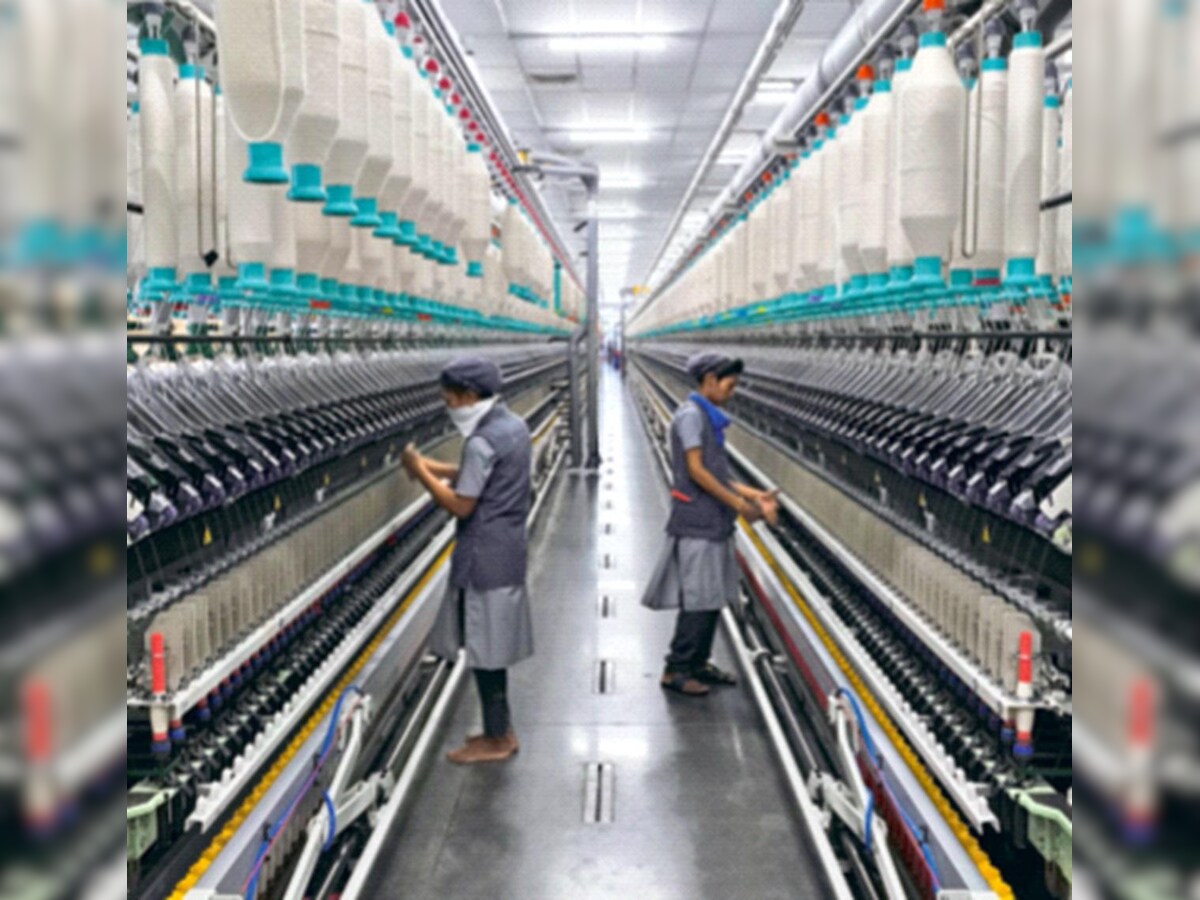Vietnam and China are collaborating in the textile and garment sector. China and Vietnam hold a pivotal position in the global textile market. Industries in the two countries are highly complementary. China is the world’s biggest exporter and Vietnam is the second biggest. Vietnam is taking a path similar to China’s, both having communist leaders who turned toward export-led market capitalism in recent decades, and in terms of selling ever more footwear, clothes and bags to the world. Their industries compete for customers but they are also complementary in that Chinese factories supply much of the fabrics and other inputs needed in the business, while Vietnamese factory hands are increasingly supplying the labor as costs rise in China. Textile firms on both sides of the border are working together to turn a profit.
Amid the trade war with the United States, China has lost some of its business to Vietnam. On the other hand, it is not just foreign third parties moving factories from China to Vietnam. Chinese investors themselves deem it beneficial to relocate some of their supply chain to Vietnam. However Vietnam does not have as large and complex a network of textile suppliers and processors as China does. That is one reason the smaller country relies on the larger one as its biggest source of imported goods overall.
Vietnam feels China is a good partner
- 1
- 2
- 3
- 4
- 5
- 6
- 7
- 8
- 9
- 10
Wired Threads: How India’s textile backbone is powering the smart apparel future
India’s huge textile industry, long celebrated for its command over cotton and competitive manufacturing scale, is going through a foundational... Read more
The New Core Competency: How sustainability and advanced fabrics are driving Ind…
The SportTech Pavilion at Techtextil India, hosted by Concepts N Strategies, concluded with a unanimous declaration: for India to successfully... Read more
New EU import rules set to raise prices for Shein and Temu, boosting European re…
Europe’s fashion and textile scenario is on the verge of its most consequential structural shift in over a decade. The... Read more
Global apparel trade rebalances in 2025 as Europe rises, Asia stumbles: Wazir Ad…
As the global apparel economy enters the final quarter of 2025, trade flows across major markets reveal a sector facing... Read more
Tariffs, turbulence and tenacity, India’s textile sector finds new strength
India’s textile and apparel export sector is showing a remarkable capacity to adapt and thrive in one of the most... Read more
Future Fiber Demand and the Chemical Recycling Imperative: Global industry eyes …
The global textile industry is entering a period of exponential growth and profound technological transformation, according to key figures speaking... Read more
Regenerative innovation and the Human-Centric future of textiles
The global textile industry is at a crossroads where mere efficiency and profit no longer guarantee survival. This was the... Read more
Profit with Purpose: Inside the 35% margin boom in upcycled fashion wholesale
The secondhand wholesale sector, once seen as the back end of fashion, is now leading a quiet revolution, one that... Read more
Beyond CMT: Collaboration, not competition, is India’s new growth strategy
The journey for India’s activewear industry to move "Beyond CMT" (Cut, Make, Trim) and capture the global premium mandate is... Read more
Inside Lululemon’s toughest year, tariffs, trend misses, and the fight to reigni…
For over a decade, Lululemon Athletica embodied everything the premium athleisure revolution stood for technical mastery, community-driven branding, and an... Read more












